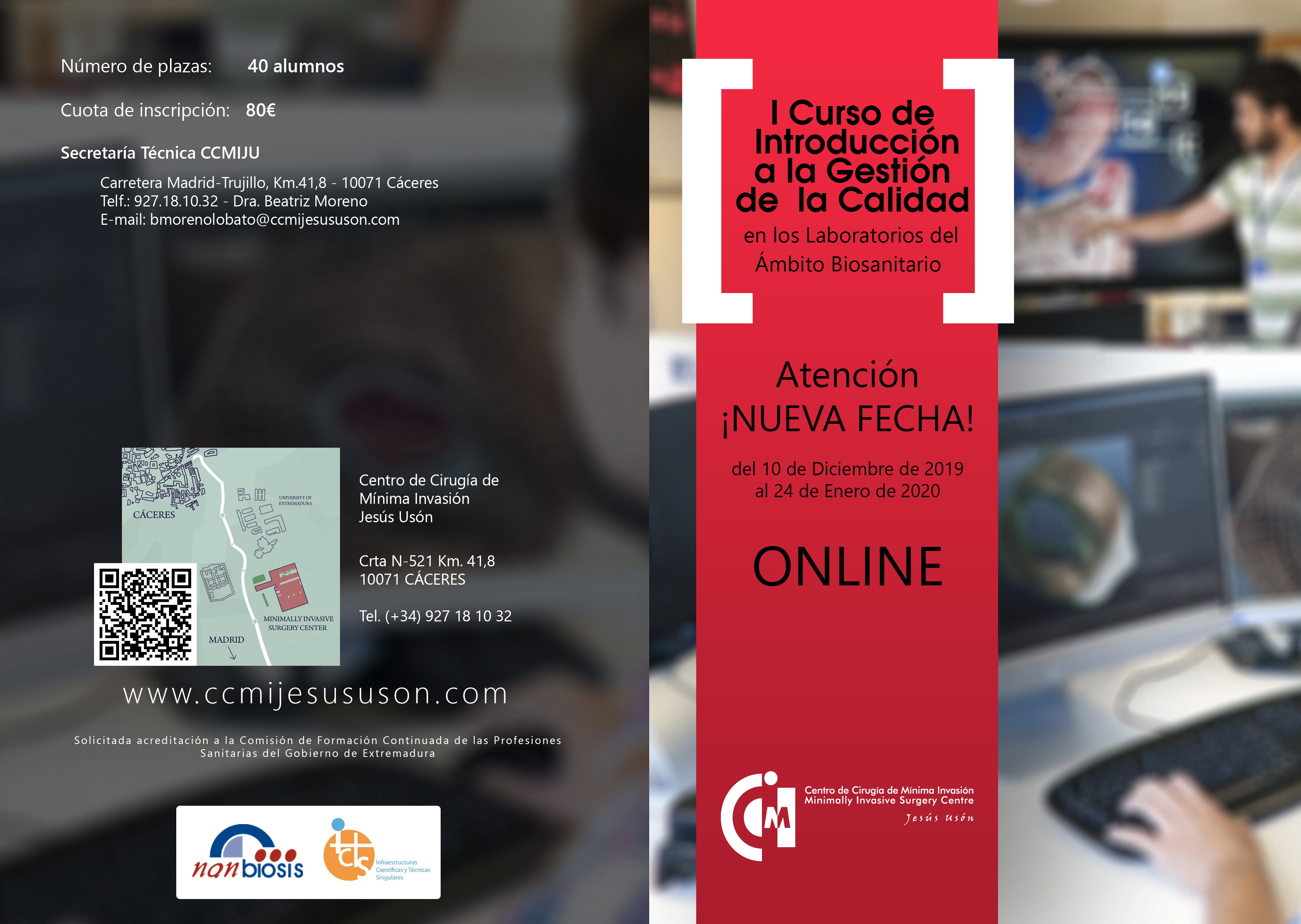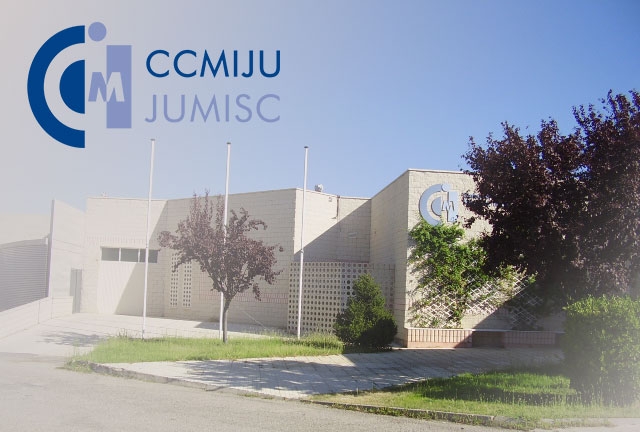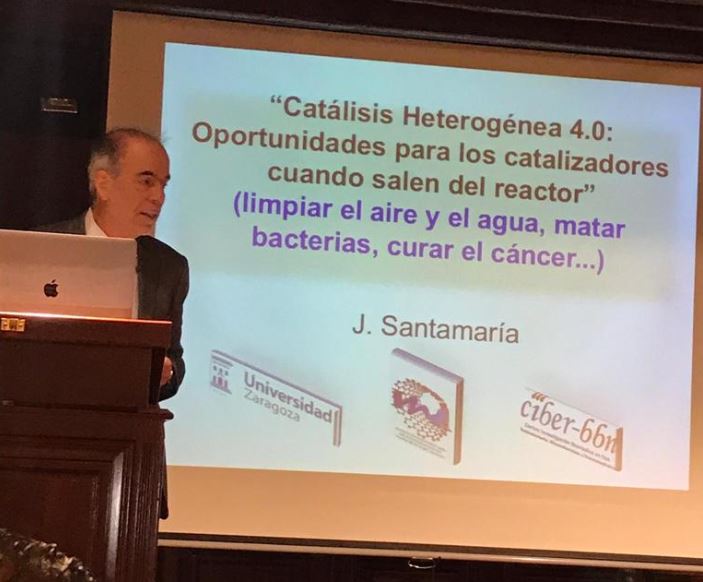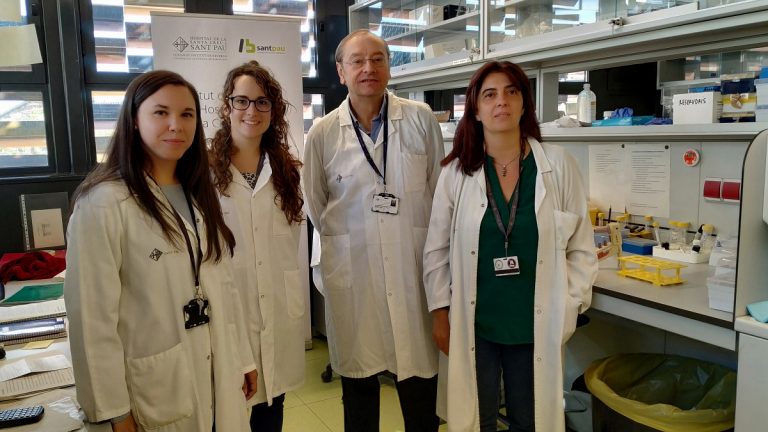Agreement signed with MINECO for the allocation of FEDER funds for NANBIOSIS ICTS
In the framework of the FEDER Program in ICTS 2014-2020, a project related to the ICTS NANBIOSIS has been selected by the Ministry of Science, Innovation and Universities for co-financing with FEDER funds of the European Regional Development Funds program.
An agreement has been signed between the Ministry of Science, Innovation and Universities and the Institute of Bioingeniería of Catalonia (IBEC) for the implementation of the project “Mask Aligner Team for the unit of Nanotechnology (U7) of Nanbiosis” cofinanced by FEDER Performance Program 2014-2020. The total budget of the project amounts to € 117.000, with 50% financing with FEDER Funds.
IBEC isprocessing the necessary contracting procedures for the execution of this project.


















